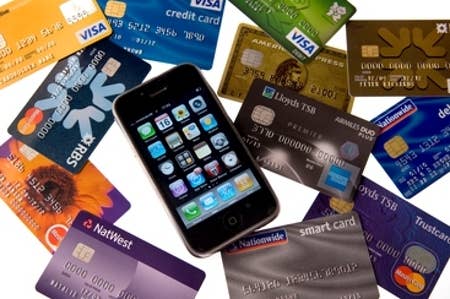Free-to-play gaming: Finding the right payment methods worldwide
Offering the correct payment method is essential to maximizing revenue
A new report by DigitalRiver shows that companies need to be cognizant of new business models and payment methods worldwide as the market shifts towards free-to-play gaming. According to estimates by SuperData Research, $15.9 billion in revenue will come from boxed game product, while $7.1 billion will come from online and mobile. Within that space, SuperData expects free-to-play games and virtual goods sales to make up over 50 percent of online gaming revenues by 2017.
There's been a recent trend of underperforming MMORPGs switching to the free-to-play model successfully. SuperData estimates that the free-to-play business model is expected to account for nearly 60 percent of all revenue generated by 2015, after reaching parity with subscription business this year.
Worldwide, free-to-play will continue to show amazing growth, especially in leading markets like China, the United States, Europe, and Japan.
The report also found that payment method affects player spending depending on the market. In northwestern Europe, The average transaction size for an MMO player was over three times larger when using local eWallets or direct payment methods vs. using PayPal.
In Russia, Mexico, and India, cash-based payment methods account for at least 10 percent of online game transactions. Russia relies on cash kiosks for its top eWallets services, while around half of the Mexican and Indian populations have no bank account. In India alone, the prepaid card market is one of the fastest growing in the world.
The report tackles the growing use of mobile payments. Services like Google Wallet and the upcoming Apple Passbook are starting to be focus points for platform holders. Mobile payments break down into four types: credit card-linked mobile devices, eWallets like PayPal, Premium SMS, and direct mobile billing. Projections put the number of mobile payments at 15.3 billion by 2013, up from 4.6 billion in 2010.
SuperData compared 950 respondents in the United States and Brazil to see where users from each region spent their mobile money. In the US, social games accounted for 27 percent of mobile payments, followed by casual with 22 percent, and MMO games at 18 percent. Brazil led with Social games at 32 percent, combat titles at 18 percent, and MMOs at 15 percent.
The survey then asked gamers why they chose mobile payments instead of traditional payment methods. For American gamers, almost 20 percent said that other payment methods made it too easy to overspend, while 14 percent found other payment methods were too slow. 17 percent of Brazilian gamers found other payment methods too difficult to set up, while another 17 percent agreed that non-mobile payments made it too easy overspend.
Despite all this talk of mobile payments, other payment methods still led in each region. A credit card is still the preferred means of payment in the United States, Mexico, the United Kingdom, France, India, and Japan. The eWallet leads in China, Korea, and Russia. Belgium and Germany use PayPal as their primary online payment form, and Brazil is the lone region to use bank transfer as its primary payment method.
Together, the data shows that publishers and developers need to make sure that their chosen payment methods are tailored to each region in order to capture maximum revenue. It pays to do the research and determine how users are willing to spend their money.

